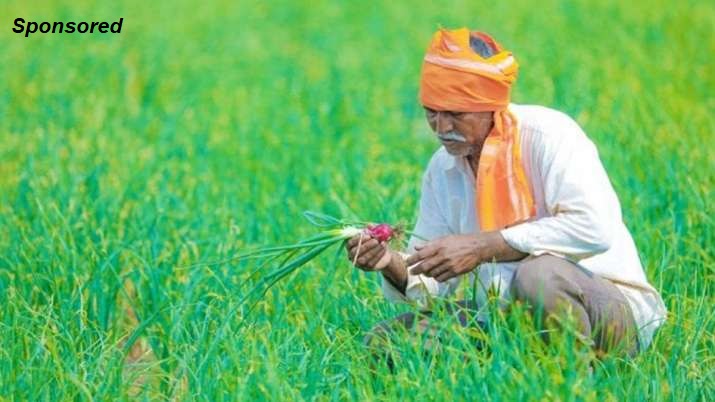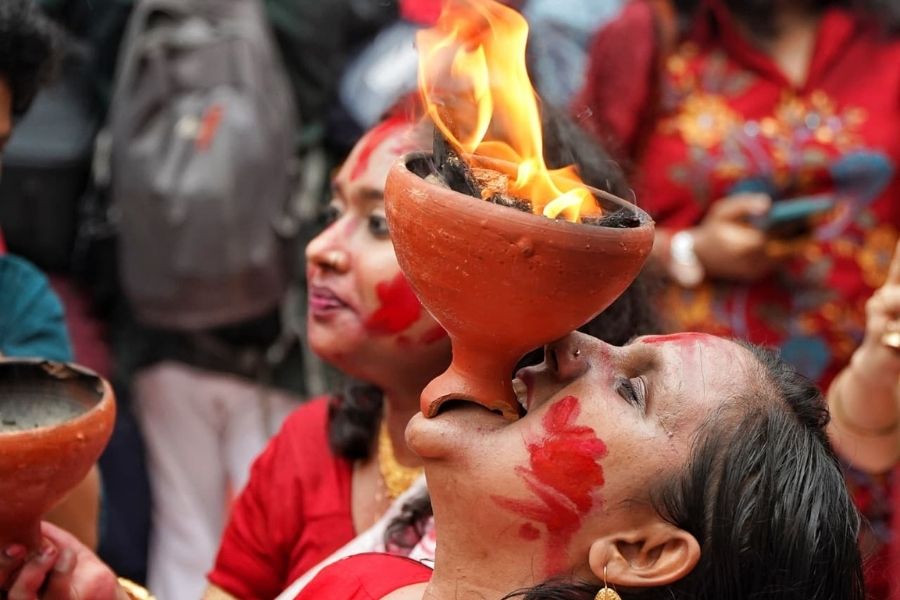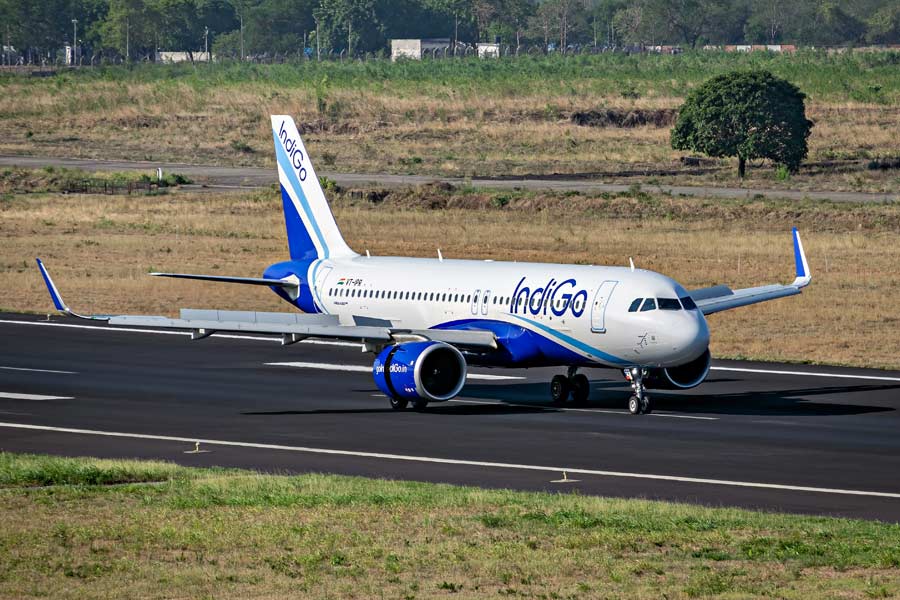The first budget of the Amrit Kaal period weighs heavily in favour of urban India. And if Budget 2023 provides a road map of the direction the policy framework will take in the next 25 years, there is certainly a cause for concern.
While all expectations were that agriculture would receive a special focus given that the 2023 budget is the last full-fledged budget before the general elections, the outlays for various schemes have in fact been reduced.
According to an analysis by certain civil society groups, the outlay for agriculture and allied sectors coming down by 5 per cent, MNREGA by 18 per cent, Rashtriya Krishi Vikas Yojna by 31 per cent, PM Fasal Bima Yojna by 12 per cent, and the provision for PM Kisan scheme – under which farmers get an entitlement of Rs 6,000 per year – remaining the same, there is not much excitement among farmers and the rural population.
The outlays for mid-day meal scheme and the budgetary provisions for health and education too have been remained almost at the same level.
Given that agriculture is undergoing a terrible distress, with farm incomes not showing any upwards trend, the expectations were that the budget will make an attempt to make a correction by making attempts to increase farmer’s income.
As per the latest Situation Assessment Survey for Agricultural Households 2019, the average farm income in the country stands at Rs 10,218 per month.
This includes income from other non-farm activities, including MNREGA.
But from farming alone, the average income is at a paltry Rs 27 per day.
Further, given the iconic farmers protest outside the gates of New Delhi, which resulted in the withdrawal of the three contentious laws, farmers are demanding the Minimum Support Price (MSP) to be made a legal right.
With the Economic Survey 2023 acknowledging that the public sector investments having grown at 4.3 per cent in 2020-21, the lowest in a decade, it is quite obvious that agriculture seems to have fallen off the priority list.
Climate change
But with the Economic Survey pointing to a reorientation needed in view of the changing global climate, the budget does provide a pathway for moving away from chemical to non-chemical farming.
With a target of converting 10 million farmers from intensive farming to agro-ecology farming systems in the next three years and also to provide for bio-waste utilisation, and at the same time encourage millet cultivation in the International Year of the Millets are steps in the right direction taken by the government.
In addition, providing for a decentralised warehousing programme and hoping to utilise artificial intelligence in agriculture is also on the cards.
However, the budget could have laid out a pathway to meet the growing aspiration of the farming populations.
By providing adequate resources to build on the entrepreneurial abilities of the farming community, the Amrit Kaal period could have led to the revitalisation of agriculture.
A buoyant agriculture is the foundation for a vibrant rural economy.
This is the way forwards to make agriculture the second powerhouse of economic growth.
Devinder Sharma is an agricultural specialist











